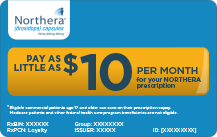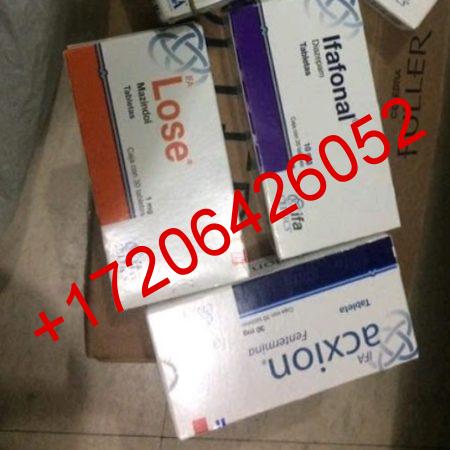

3,4 In 2013, Express Scripts excluded 48 drugs from its national formulary to push back against manufacturer coupon programs.5 Coupons have been particularly criticized for hindering generic substitution and thereby helping brand drug manufacturers to fend off generic competition. Coupons circumvent tiering, and - opponents argue - raise drug expenditures, inject waste into the system, and increase drug prices. 2 This makes formulary placement an important lever in drug price negotiations by threatening to place drugs on higher tiers unless manufacturers lower net prices, PBMs can extract higher rebates from brand drug manufacturers. In particular, medication use is very sensitive to tiering, and patients are more likely to use and adhere to medications with low copayments. PBMs design formularies to drive prescription volume towards certain products. On the other side, insurers and pharmacy benefit managers (PBMs) argue that coupons circumvent benefit design, and their use ultimately results in higher premiums for everyone. 1 Proponents further argue that formularies designed to maximize profits frequently ignore therapeutic differences across drugs and patients, and are insensitive to doctors’ judgments of their individual patients’ welfare. Such access is particularly important given the high cost-sharing imposed on some drugs, and increasing deductibles. Thus, coupons reduce patients’ out-of-pocket costs, and provide access to needed therapies. By using a coupon when filling a prescription, an insured patient reduces or eliminates the copayment required by their drug plan’s formulary.

On one side, patient groups and manufacturers tout coupons’ role in increasing access to necessary therapies for patients who could not otherwise afford them. IntroductionĬopayment coupons offered by pharmaceutical manufacturers have become an important but controversial tool to address high out-of-pocket costs for prescription drugs. As such, the copay coupon landscape seems more nuanced, and proposals to restrict coupons should ensure that patients who currently rely on them are not harmed. These results suggest that most copay coupons are not affecting generic substitution, and many may help patients afford therapies without good alternatives. On the other hand, a majority (51%) were for drugs with no generic substitute-including 12 percent for drugs with no close therapeutic substitute of any kind. Among brands with copay coupons, 49 percent had a generic equivalent or close generic substitute available at lower cost. Of these, 132 were brand drugs, and 90 of those had coupons available. To shed light on this issue, we examined copay coupon availability for the top 200 drugs (by spending) in 2014. Others argue that coupons help patients access necessary drugs. Copay coupons have come under scrutiny by some who argue they circumvent formularies and hinder generic substitution, thereby leading to higher drug spending. The patient’s insurer pays the remaining cost of the prescription. When a commercially insured patient uses a coupon to fill a prescription, her copay is reduced and the manufacturer pays the balance of the copay. Prescription copayment coupons are distributed by pharmaceutical companies to reduce patients’ out-of-pocket copayments for specific drugs.


 0 kommentar(er)
0 kommentar(er)
